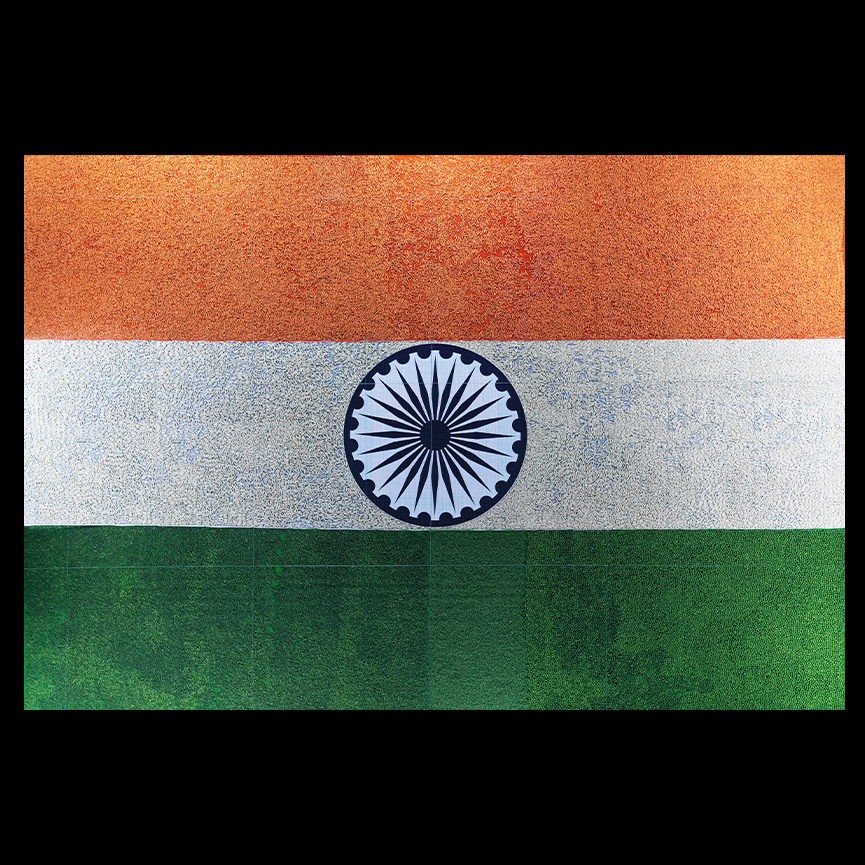

This Independence Day, as the aroma of your favourite dish fills the air, we encourage everyone to reflect on India’s incredible journey from food insecurity to food surplus. It is one of the most fascinating and inspiring stories of food freedom in the world today.
The story of India’s agricultural growth is one borne out of desperation, determination, and perseverance that transformed the country from being a net importer of grains to a self-reliant community. With no real technology, policies, or agricultural infrastructure available in 1947, the Indian agrarian system was fractured and we were heading towards complete disintegration.
Fast forward to today, Food Secretary Sudhanshu Pandey revealed that India exported 7 million tonnes of wheat during 2021-22 fiscal while addressing a ministerial conference on ‘uniting for global food security’. It’s hard to imagine a country that is today responsible for 1% of the global wheat trade having once been a net importer. This didn’t happen overnight or by accident, but through specific actions by specific unheralded people behind the scenes over the past 75 years. Let’s rewind and revisit that journey.
With 20 agro-climatic areas and 157.35 million hectares of land under cultivation, India has the second-largest agricultural land area in the world. Food production between 1947 and 1960 was so poor that famine concerns persisted throughout the country – a legacy left by the colonizers that set up our food production system to exclusively serve their needs. Many farmers had accumulated debt and were now employed as landless labourers working on the very farms they once owned. The political climate at the time had a detrimental effect on the food chain as well, resulting in both commercial and consumption crops being in severely low supply.
Staring at an incredibly bleak future, M.S. Swaminathan launched the Green Revolution in the 1960s with the goal of increasing food production, reducing extreme poverty, and eradicating malnutrition and food insecurity for millions in the young nation.
It’s nearly impossible to understate the impact this project had, especially given the immense uncertainty surrounding it at the time. The team driving the Green Revolution built capabilities around resilience and low cost innovation which helped the Indian agrarian system not only survive the food crisis but thrive after it. The Green Revolution adapted traditional and modern practices from around the world, such as expanding the amount of land used for farming, double-cropping (which involves planting two crops per year rather than one), adopting HYV (high yield variety) seeds, significantly increasing the use of safe inorganic fertilizers and pesticides, improving irrigation systems, crop protection measures, and modifications to farm equipment.
Though the focus was on rice and wheat, the impact of agricultural innovation was felt across the industry and the value chain, with higher quality products, lower cost of inputs, lower cost of cultivation, and higher yields making agriculture a viable business model for farmers again. Furthermore, the abundance of food led to lower mortality and malnutrition rates across the country. With an increasing role in the global exports of food grains and agricultural products, India is now well positioned to become the world’s food bowl in the near future.
We are now in the next phase of the Green Revolution we embarked upon many years ago – Technological Innovation. The problem statement has shifted from food production to food planning, food availability to food wastage, and more. Clearly, the production of food was just one part of the problem. According to the United Nations Food and Agriculture Organization (FAO), an estimate of more than 40% of food produced is wasted in India, driven by the lack of an efficient supply chain, demand-supply mismatch, and poor information transparency. Operating in the agri-tech and the food value chain space, WayCool focuses on solving this exact problem through an efficient tech driven system seamlessly connecting the demands at the fork with the planning at the farm. We use the most comprehensive tech stack in the food economy to bridge the gap between consumption and production right from soil testing, traceability, quality assurance, demand forecasting, and value addition. We work with more than 160,000 farmers and operate a full stack product range through multiple platforms catering to over 125,000 clients in the process.
With the launch of the Green Revolution, the foundation was laid for an industry that has never been more important in the global economy. It’s an honour to do what we can to continue that legacy, focusing on low cost Indian innovation to build the future of food for the world while helping Indian farmers, and reducing food wastage.
We created India’s largest food flag to serve as a reminder of this higher purpose, using vegetables from our own farmers that were later donated to the Akshaya Patra Foundation to feed underprivileged school children. Where agriculture once played a role in the country’s survival, today it is also pivotal in defining India’s position in the global economy. The journey is long, but we at WayCool couldn’t be more excited about the opportunity.
Your Name
Mobile Number
Email Address
Interest In Service
Interest In Brand
Query